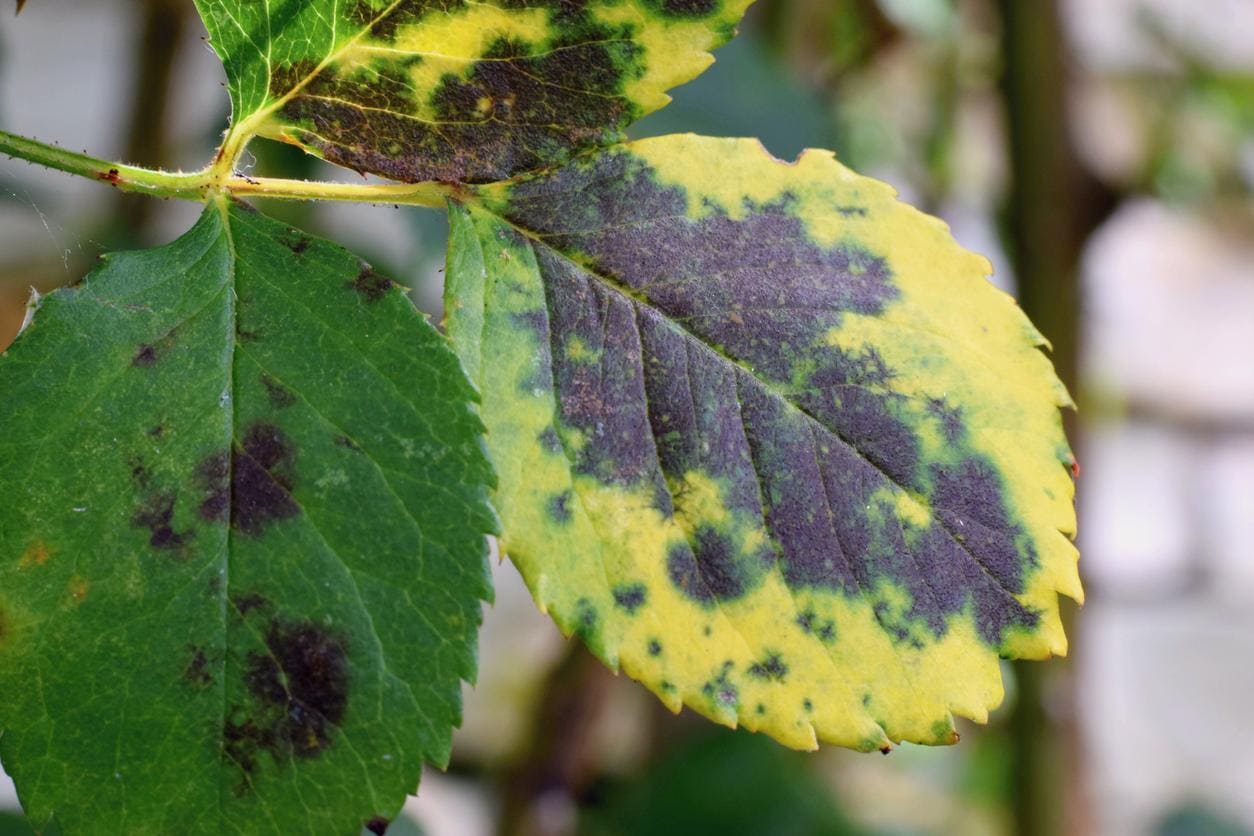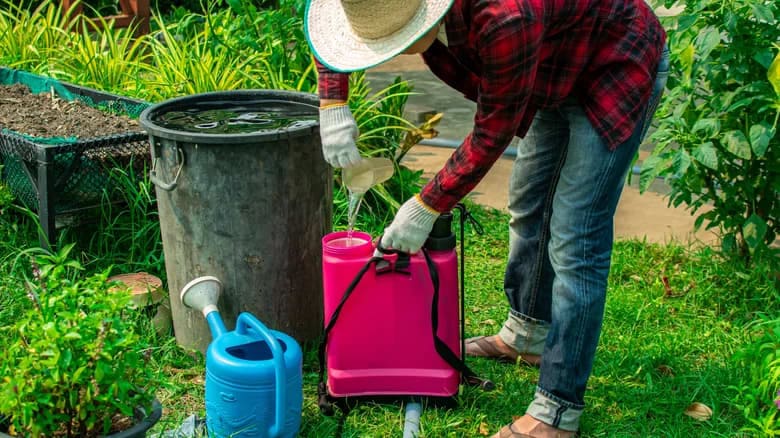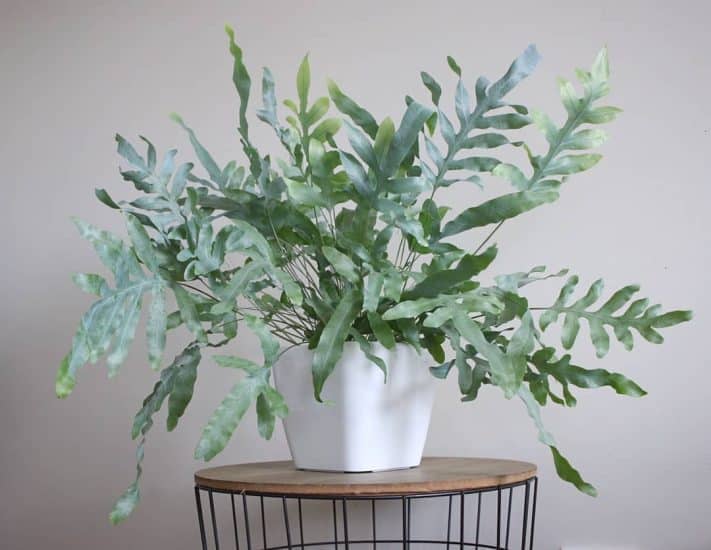Introduction
In the lush world of indoor gardening, nothing is more disheartening than watching your house plant leaves turn black. This phenomenon can be both perplexing and frustrating for plant enthusiasts. We understand the importance of maintaining vibrant and healthy plants. In this comprehensive guide, we delve into the common reasons behind house plant leaves turning black and provide effective solutions to ensure your green companions thrive.
Understanding the Culprits
1. Inadequate Watering
One of the primary reasons for blackened leaves is inadequate watering. Plants, like humans, need a balanced water supply to flourish. Overwatering or underwatering can disrupt this delicate balance, leading to stress-induced leaf discoloration. Ensure you tailor your watering routine to the specific needs of your plant species.
2. Poor Drainage
Effective drainage is often overlooked but plays a crucial role in plant health. Stagnant water around the roots can lead to root rot, causing blackened leaves. Opt for well-draining soil and containers with drainage holes to prevent waterlogged conditions.
3. Insufficient Light
Plants rely on sunlight for photosynthesis, a vital process for their survival. Inadequate light exposure can weaken plants and result in blackened leaves. Identify the light requirements of your specific plants and position them accordingly, ensuring they receive the right amount of sunlight each day.
Solutions for Vibrant Foliage
1. Optimal Watering Practices
Achieving the perfect watering balance is an art. Monitor the soil moisture regularly and water your plants when the top inch of soil feels dry. Ensure proper drainage by using well-aerated soil mixes and containers with drainage holes.
2. Enhance Drainage
Revitalize your plant’s environment by repotting it with a well-draining soil mix. Elevate the pot using pot feet or place a layer of gravel at the bottom to facilitate water drainage. This simple adjustment can prevent root rot and keep your plant’s leaves lush and green.
3. Strategic Placement for Sunlight
Different plants have varying light requirements. Research your plant species and place them strategically to meet their specific needs. Consider rotating your plants occasionally to ensure all parts receive adequate sunlight, preventing blackened leaves caused by light deficiency.
Monitoring Plant Health
1. Regular Inspections
To maintain thriving plants, establish a routine for inspecting their overall health. Check for signs of pests, diseases, or nutrient deficiencies. Early detection allows for prompt intervention, preventing the development of blackened leaves.
2. Adjusting Humidity Levels
Certain plants thrive in high humidity, while others prefer drier conditions. Research the humidity preferences of your plants and adjust the indoor environment accordingly. Using a humidifier or placing a tray of water near your plants can help maintain optimal humidity levels.
Conclusion
By understanding the nuanced needs of your house plants, you can prevent the unfortunate occurrence of blackened leaves. Implementing proper watering practices, enhancing drainage, and strategically positioning your plants in the right light can make a significant difference. Regular inspections and adjustments to humidity levels contribute to the overall well-being of your indoor garden.





